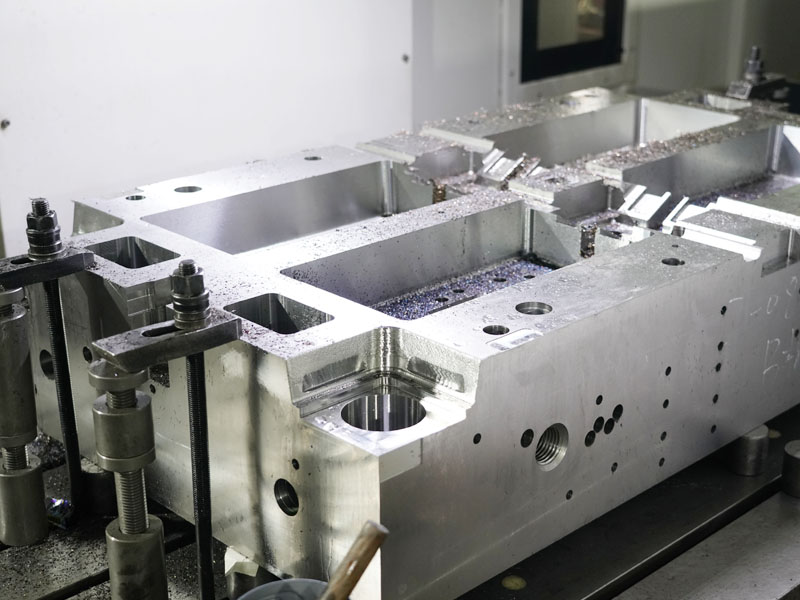The manufacturing process of automotive molds can be roughly divided into the following stages:
Design phase. This is a very important step that requires precise design based on the shape, size, material, and usage requirements of automotive components, including considerations of shape, size, shape, and material. This stage usually involves CAD design, generating 3D models and 2D drawings, as well as CAM programming, to provide data support for subsequent manufacturing.
Manufacturing phase. At this stage, it is necessary to select suitable materials (usually high-quality steel or high-strength aluminum alloy) for rough machining (such as sawing, welding, and drilling), precision machining (such as milling, hole milling, tungsten steel processing, etc.), and electrical discharge machining (EDM), mainly used for detailed processing of templates and molds. In addition, heat treatment is also an important part of this stage, aimed at improving the strength and wear resistance of the mold by adjusting the crystal structure of the material.
Processing stage. This stage includes installing the mold onto the trial equipment for testing, and evaluating and adjusting the sample after the trial is completed to ensure that the sample meets the requirements.
Testing phase. After the mold is processed, performance and lifespan testing, as well as size and shape inspection, are required to ensure that the product can be put into production.
In addition, mold manufacturing also includes multiple processes such as CNC machining, assembly, and inspection. Each stage requires a high degree of precision and focus to ensure that the final mold can meet the production needs of automotive components.


